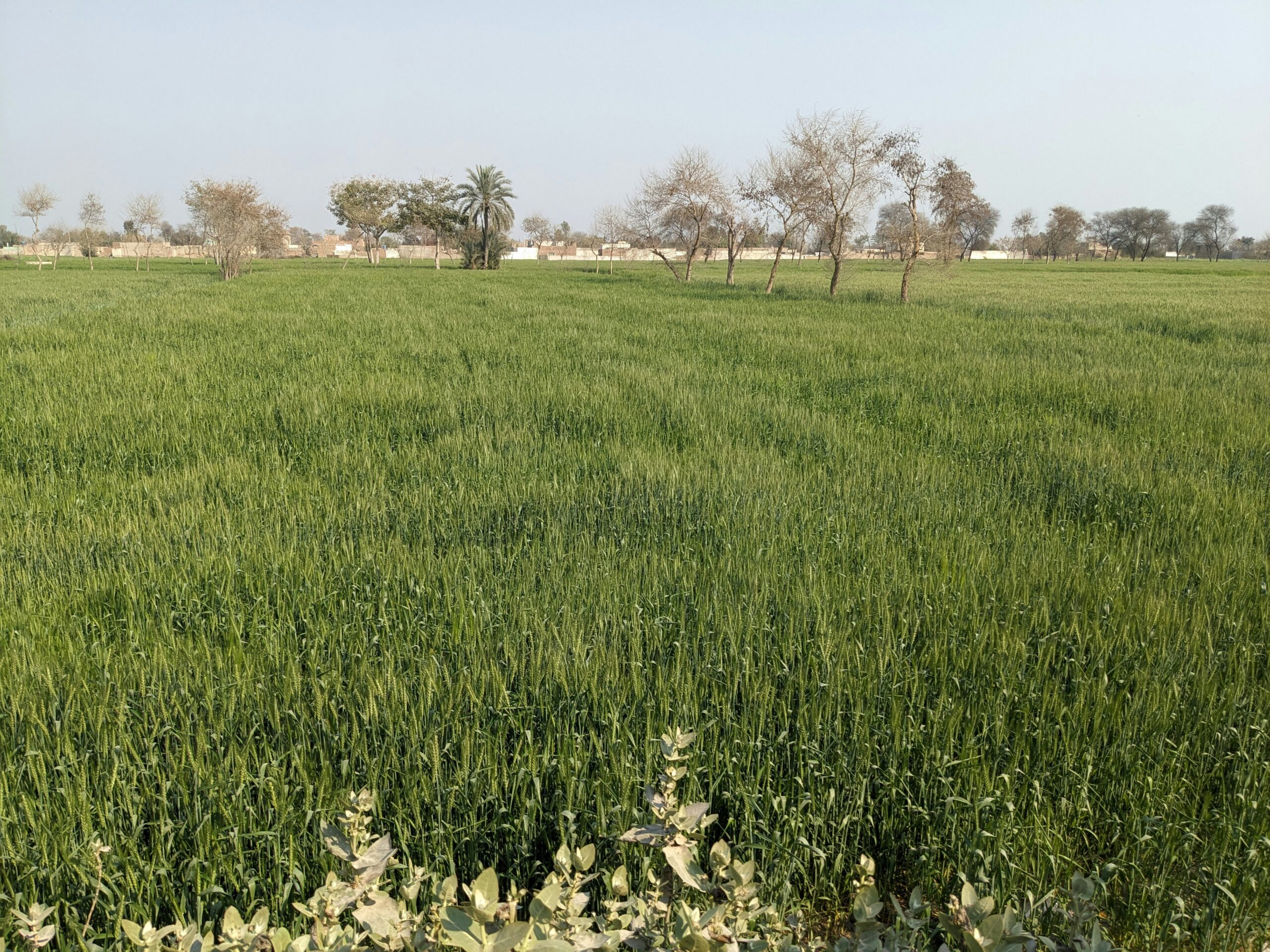Understanding the Farm Bill: Historical Context and Importance
The Farm Bill is a comprehensive piece of legislation that has played a pivotal role in shaping U.S. agricultural policy since its inception in the 1930s. Originally introduced during the Great Depression to provide essential support to struggling farmers, the Farm Bill has evolved through subsequent iterations to address the changing landscape of agriculture and the economy. It encompasses various programs aimed at ensuring food security, stabilizing farm income, and fostering rural development.
Throughout its history, the Farm Bill has significantly influenced commodity pricing, thereby impacting the livelihoods of farmers and the food supply chain as a whole. By establishing price supports and direct payments, the legislation has provided crucial safety nets for farmers facing unpredictable market conditions and natural disasters. These provisions play an essential role in maintaining the financial viability of farms, particularly for those producing staple crops such as corn, soybeans, and wheat.
The importance of the Farm Bill is underscored further by its holistic approach that includes not only commodity programs but also environmental conservation, nutrition assistance, and rural development initiatives. For example, programs like the Supplemental Nutrition Assistance Program (SNAP) serve to connect agricultural producers with consumers, ensuring access to healthy food options while supporting local economies.
As the 2024 Farm Bill approaches, it carries immense significance for modern-day farmers who are navigating a challenging economic landscape marked by rising input costs, climate change, and evolving market demands. Stakeholders must engage in discussions about potential adjustments and reforms to make the Farm Bill more responsive to contemporary challenges, ultimately ensuring that it continues to fulfill its crucial role in securing the future of American agriculture.
Increased Operational Costs: The Demand for Adjusted Provisions
The agricultural sector is currently grappling with significant increases in operational costs, which can be attributed to various factors including machinery repairs, chemical inputs, and labor expenses. As farmers strive to maintain productivity amid these rising costs, it has become clear that the current provisions of the Farm Bill may no longer adequately address the financial pressures faced by stakeholders. The crux of the issue lies in the fact that many farmers are experiencing a substantial decline in profit margins, directly linked to these escalating expenses.
For instance, machinery repair costs have surged in recent years, often due to the aging equipment in use on many farms. When the costs of repairs outweigh the expected yield or productivity, farmers face tough decisions about their operational viability. Additionally, the price of essential chemical inputs has seen notable inflation, largely influenced by global supply chain disruptions and increasing demand. These rising costs not only impact the immediate finances of farming operations but also threaten the sustainability of their long-term practices.
Labor expenses have likewise ballooned as farmers compete for a shrinking labor pool. Qualified labor is becoming increasingly scarce, prompting many farms to offer higher wages or additional benefits, which further strain their budgets. Consequently, agricultural organizations and farmers alike are advocating for updates to the Farm Bill that reflect these substantial operational challenges.
One compelling example of this predicament can be found in the dairy farming sector, where tighter profit margins have resulted in significant financial strain. Farmers report that without adjustments to the Farm Bill to accommodate their current cost structure, many operations may not survive the next few seasons. Therefore, the mounting calls for increased support and adjusted provisions within the Farm Bill underscores the urgent need to reevaluate and potentially reform agricultural policy to best support the farmers who are vital to the nation’s food supply.
Crop Insurance: A Critical Support Mechanism
Crop insurance serves as a vital safety net for farmers, protecting them from the unpredictable nature of agriculture, which is increasingly influenced by climate variability, market fluctuations, and economic pressures. As the 2024 Farm Bill approaches, stakeholders are focusing intently on the adequacy of current crop insurance provisions and the pressing need for improvements that reflect the complexity of today’s agricultural landscape. Many farmers voice concerns regarding the limitations of existing coverage options, emphasizing that these inadequacies can jeopardize their livelihoods.
The current crop insurance framework, while beneficial, often fails to provide adequate support during periods of low commodity prices or when faced with bumper harvests. Farmers have expressed that the traditional policies may not adequately cover the full range of risks they encounter, especially in dynamic market conditions. This situation has led to calls from the agricultural community for legislative changes that would enhance crop insurance and offer more flexible options tailored to individual farm operations and regional risks.
Through dialogue and advocacy, farmers are pushing for the inclusion of more robust crop insurance measures in the upcoming Farm Bill discussions. They argue for policies that account for the myriad factors impacting crop yield and price, such as climate change and globalization, as well as the structural challenges within the agricultural sector. Enhanced crop insurance could mitigate the risk of financial instability, allowing farmers to invest in sustainable practices and innovative technology that promote resilience against future challenges.
As the 2024 Farm Bill negotiators evaluate stakeholder input, the effectiveness and comprehensiveness of crop insurance must remain a focal point. A concerted effort to address these concerns could result in a more reliable safety net for farmers, fostering both economic stability and sustainability in the agriculture industry.
Future Directions: Stakeholder Perspectives and Proposed Changes
The negotiations surrounding the 2024 Farm Bill are witnessing an array of perspectives from key stakeholders, each with distinct viewpoints shaped by their interests and roles in the agricultural sector. Farmers, policymakers, and agricultural economists are at the forefront of these discussions, advocating for changes that reflect evolving needs and challenges in modern agriculture. A common theme emerging from these dialogues emphasizes the necessity for enhanced collaboration among all parties involved to ensure a comprehensive and equitable Farm Bill.
Farmers often articulate the need for increased financial support through various programs, particularly in times of economic uncertainty exacerbated by climate change and fluctuating market conditions. Many propose adjustments to crop insurance and disaster relief programs, arguing that these modifications would provide a safety net crucial for their sustainability. Furthermore, there is a strong call for investment in conservation practices and sustainable agriculture initiatives to promote long-term environmental health while addressing profitability concerns.
From the perspective of agricultural policymakers, the emphasis is on balancing nutrition assistance programs with support for rural development. Policymakers are advocating for measures that could incentivize healthy food access while simultaneously fostering economic growth in rural areas. Enhanced transparency and accountability in funding allocations are also significant focal points, aiming to foster trust among stakeholders and ensure resources are utilized effectively.
Agricultural economists contribute to the conversation by analyzing the potential impacts of proposed changes on the sector’s economic viability. They stress the importance of aligning the Farm Bill with broader economic trends and the realities of global trade. Proposed changes include reforming existing subsidy structures to promote resilience and efficiency in agricultural production. The collective insights from these stakeholders underscore that the outcomes of the upcoming negotiations will likely shape the agricultural landscape in the United States significantly, guiding future practices and policies essential for sustainable growth.


